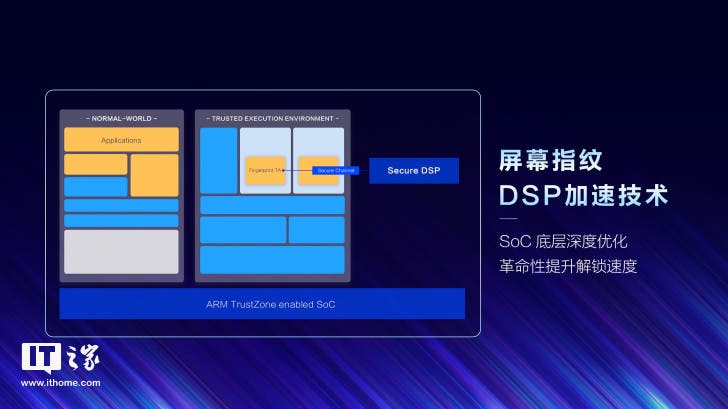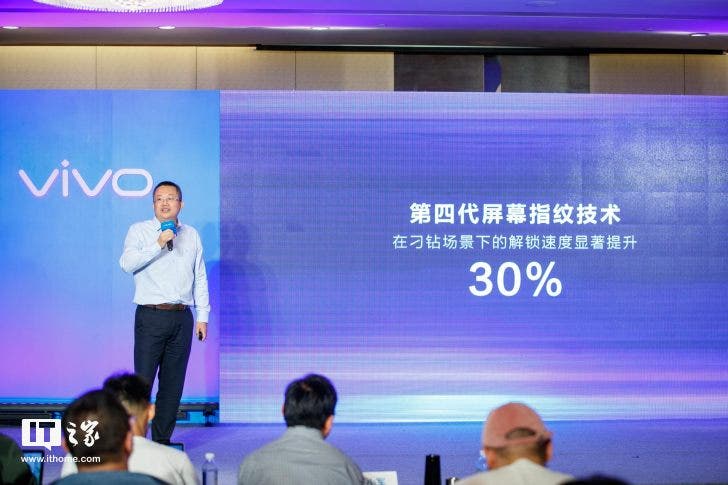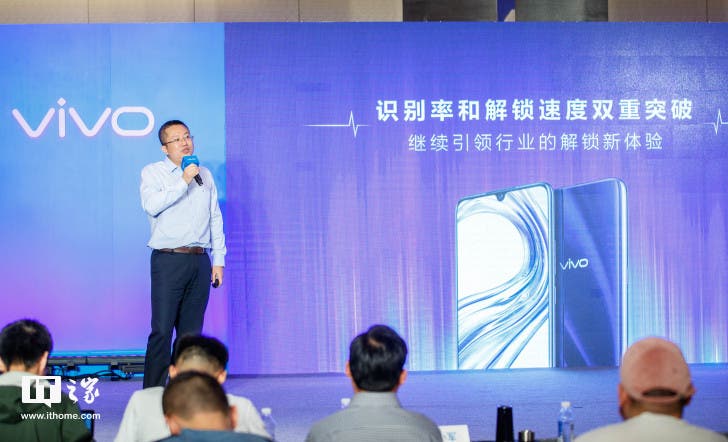This morning, VIVO held a screen fingerprint technology communication meeting in Beijing. At this meeting, the company made a technical interpretation of the Snapdragon 670 and the screen fingerprint, explaining the fourth generation photoelectric screen fingerprint recognition technology of VIVO. This technology is fully upgraded in hardware, software, and SoC underlying optimization.

VIVO also announced the ‘Screen Fingerprint DSP Acceleration Technology’, which will bring users a more convenient and reliable screen fingerprint recognition solution.
Wang Xiaojun, vice president of hardware development at VIVO, introduced that VIVO designed an independent processing unit for the fourth generation of photoelectric screen fingerprints, which was undertaken by Qualcomm Hexagon DSP and trusted execution environment.

Tim Yates, Senior Director of Product Management at Qualcomm, also attended the conference to interpret the AI features supported by Qualcomm Snapdragon 670. He said that the performance of the Snapdragon 670 is 1.8 times higher than that of the Snapdragon 660. At the same time, because of the processing of neural networks and fingerprint data, the DSP can significantly increase the processing speed compared with the CPU, resulting in a seamless and secure fingerprint unlocking experience. Also, Tim Yates said that the Hexagon DSP and trusted execution environment together deliver up to 3x faster speeds than using a trusted execution environment alone.
It can be simply taken as the first technical cooperation between Qualcomm and VIVO in terms of the screen fingerprint technology.
At the communication meeting, VIVO said that the ‘screen fingerprint DSP acceleration technology’ enabled the X23’s screen fingerprint to achieve a 30% significant increase in the unlocking speed. For the VIVO X23, this technology will be pushed through an update in October.





